Norman Rockwell’s work has been evoking nostalgia for decades, and one particular picture of his gets a lot of play this time of year: the “Freedom From Want.” It is a picture that has come to be synonymous with Thanksgiving and happens to be one of Norman Rockwell’s most famous paintings.
Here’s a look at the history of that painting and how it changed people’s opinion about the U.S.’s involvement in World War II.
Art That Changed the World: The Four Freedoms
January 6, 1941, President Franklin D. Roosevelt gave a State of the Union address. Despite not yet taking part in World War II, the United States felt its effects because many of America’s trade partners and allies were already involved in the war.
President Roosevelt’s speech centered around four essential freedoms: the freedom of speech, the freedom of worship, the freedom from want and the freedom from fear. Roosevelt hailed these freedoms as fundamental human rights that all people should enjoy, regardless of where they live in the world.
Video caption: Rockwell Video Minute: Freedom from Want
The Background Behind a Freedom From Want
At that time, the United States had taken an isolationist stance on being involved in foreign wars, a stance that it would later change when Pearl Harbor was attacked.
According to the Norman Rockwell Museum, two years after Roosevelt’s speech, illustrator Norman Rockwell decided to depict the four freedoms in a series of paintings. The purpose of the paintings was to help people to better understand these freedoms.
The Saturday Evening Post eventually published Rockwell’s paintings in February and March of 1943. The pictures got an overwhelmingly positive response from the American public.
This response caused a turning point in public opinion. The power of Rockwell’s visuals allowed people to better envision what the U.S. was fighting for in the war.
A Painting Becomes Synonymous With Thanksgiving
“Freedom from Want” was published in the Saturday Evening Post on March 6, 1943. It was inspired by and has become a model for the all-American Thanksgiving.
Rockwell created it in a series of composites, with different models coming in at different times to be painted. The models in Rockwell’s “Freedom From Want” came from the artist’s own circle of friends, acquaintances and family members.
Mrs. Thaddeus Wheaton, the family’s cook, is shown supporting a large holiday turkey. Mary Barstow Rockwell, Rockwell’s wife, and his mother, Nancy Hill Rockwell, also have cameos in the painting.
The painting is beloved today. However, the artist himself had misgivings about presenting such a large turkey in the painting when Europe was overrun with hunger because of World War II. Critics of the piece do note the abundance of food in it.
However, they also have noted how the image of family and security is presented in the painting. In all actuality, family and security take center stage in the painting. None of the people seated at the table take notice of the turkey. Instead, they smile and converse with one another in good humor.
“Freedom From Want” Becomes a Part of Our Consciousness
It is also important to mention that the viewer becomes another person at the table. One person in the crowd, the man in the bottom-right corner, even appears to be looking up at the viewer.
From a technical standpoint, “Freedom From Want” is noted for its mastery of texture in art. The gleam of the china and the transparency of the water in the glasses are two excellent examples of this.
Norman Rockwell worked almost exclusively from life for the early part of his career. As far as the “Freedom From Want” is concerned, this meant that models would come in at different times and pose for the piece until it was done. Working from life is one of the techniques that traditional art school programs teach: It’s very difficult for the untrained artist to master.
“Freedom From Want” holds the distinction of being one of Norman Rockwell’s most appropriated works of art. The composition of the piece formed the foundation for derivative works, which includes spoofs from both the creators of the Simpsons and the creators of the Joker and Harley Quinn from the Batman universe.
As well, a series of photographs, taken in 2018, re-imagined Rockwell’s depiction of the four freedoms, bringing the concept to a new generation.
Video caption: Norman Rockwell’s Painting Process
Learn More About Art History by Reading the Articles Below
Art History Facts: 3 Times When Artists Knew More Than Scientists
Art Fun Facts: Famous Portrait Artist Influenced Wonder Woman Film
Archetypes in Art and Mythology: Why We Love Them So Much
Milan Art Institute
Subscribe to Our Blog
Browse Posts
- July 2024
- June 2024
- May 2024
- April 2024
- July 2021
- June 2021
- May 2021
- April 2021
- March 2021
- February 2021
- January 2021
- December 2020
- November 2020
- October 2020
- September 2020
- August 2020
- July 2020
- May 2020
- March 2020
- January 2020
- December 2019
- November 2019
- October 2019
- September 2019
- July 2019
- May 2019
Browse by topics
- art inspiration (45)
- become a professional artist (38)
- art techniques (35)
- art tips (23)
- art tutorial (22)
- art history (17)
- art skills (17)
- hero artists (17)
- painting (14)
- art masters (13)
- art supplies (13)
- drawing (12)
- acrylic painting (9)
- sketching (9)
- art education (8)
- oil painting (8)
- sell your art (8)
- art marketing (7)
- art and travel (6)
- art fun (6)
- artist mindset (6)
- fine art (6)
- travel sketching (6)
- art business (5)
- art studio (5)
- artist brand (5)
- artist voice (5)
- holidays (5)
- professional habits (5)
- traveling (5)
- oil paint (4)
- professional artist habits (4)
- art career (3)
- art resources (3)
- doodling (3)
- professional artists (3)
- urban sketching (3)
- art school (2)
- art therapy (2)
- artist block (2)
- branding (2)
- cleaning (2)
- color (2)
- creative block (2)
- decorative market (2)
- dreams (2)
- paint (2)
- quotes (2)
- surrealism (2)
- art entertainment (1)
- art galleries (1)
- art influencers (1)
- art markets (1)
- art photography (1)
- art portfolio (1)
- collecting art (1)
- coloring (1)
- composition (1)
- decorative art (1)
- eco friendly (1)
- environment (1)
- impressionism (1)
- mixed media (1)
- narrative art (1)
- plein air (1)
- portraits (1)
- price your art (1)
- right brain (1)
- success stories (1)
- symbolism (1)
- time management (1)
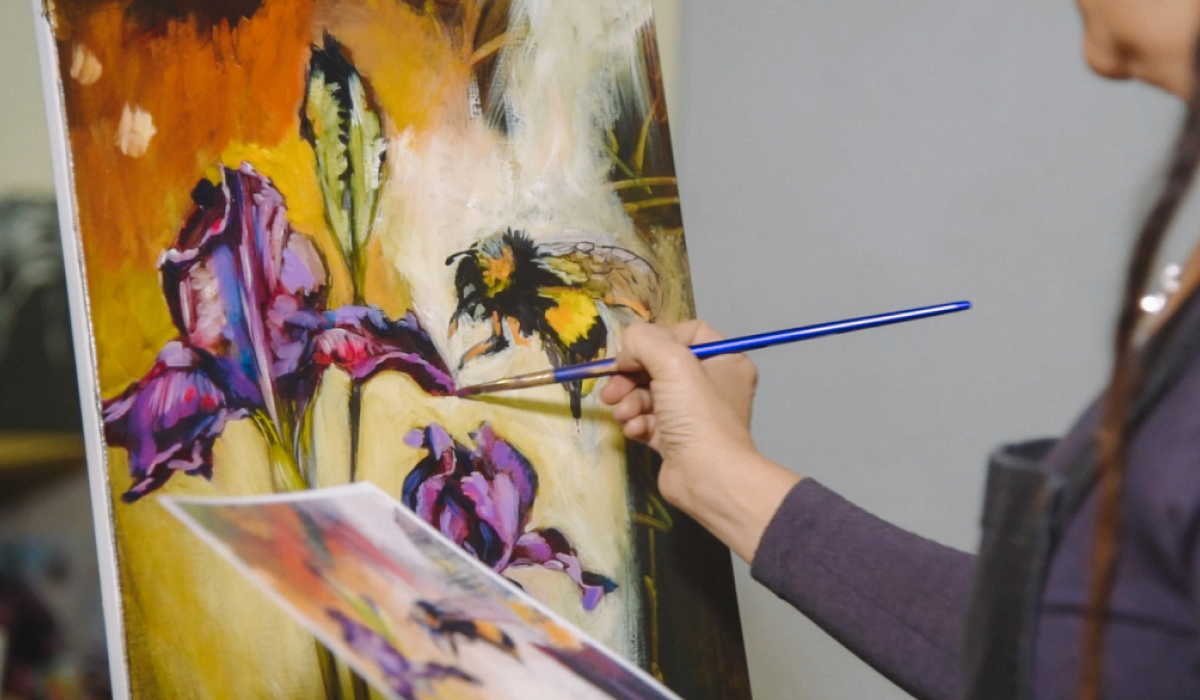





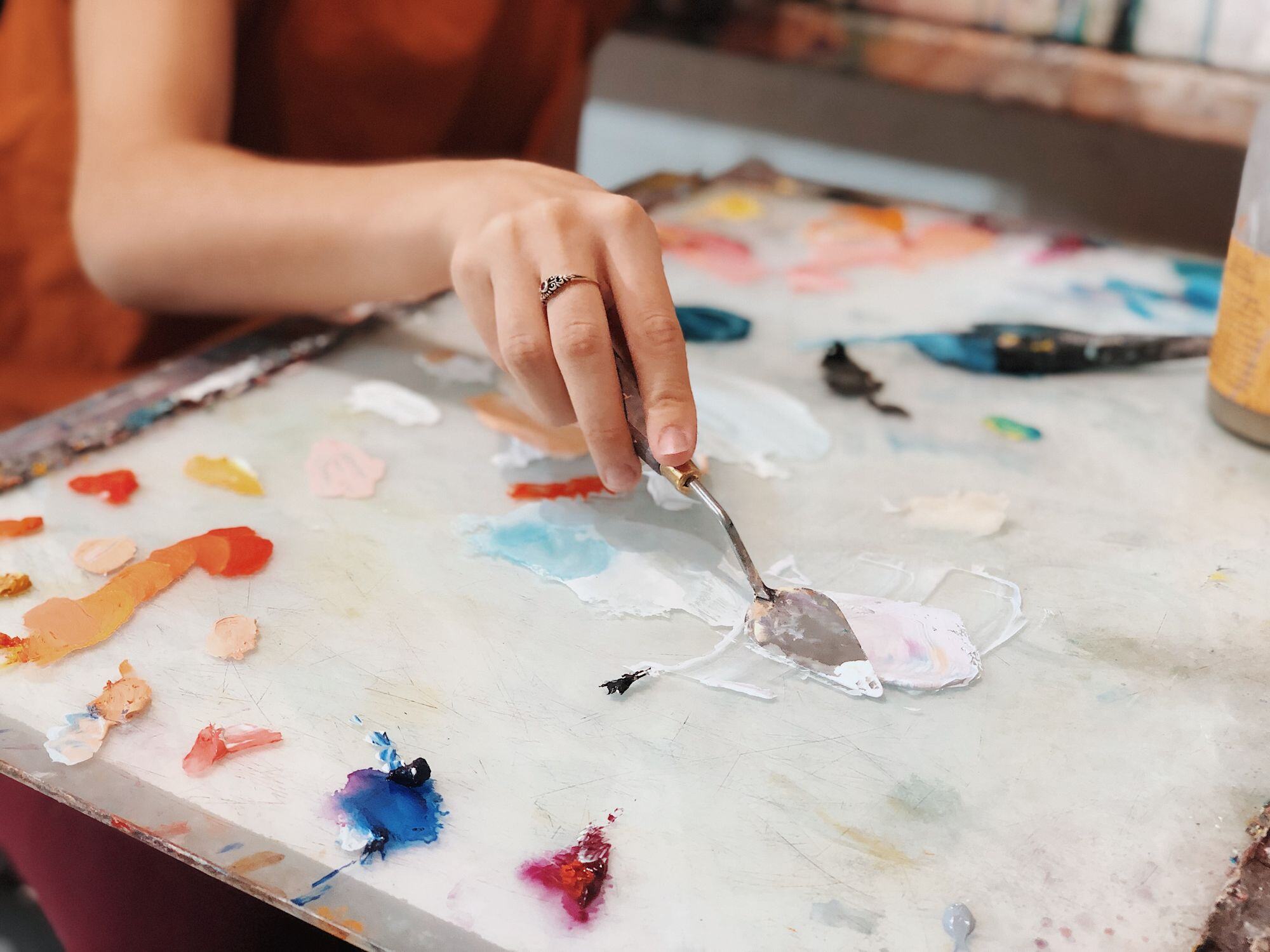
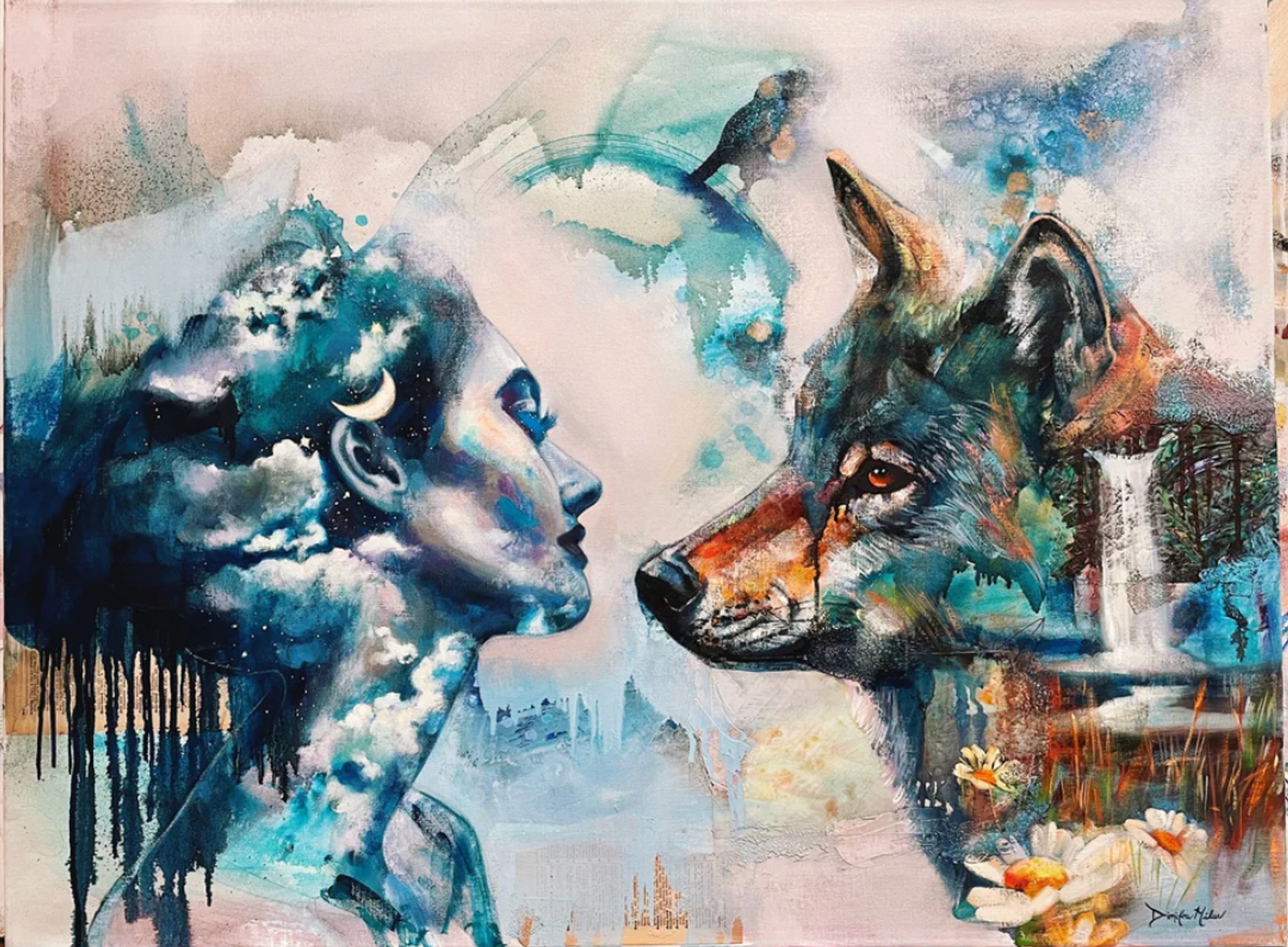
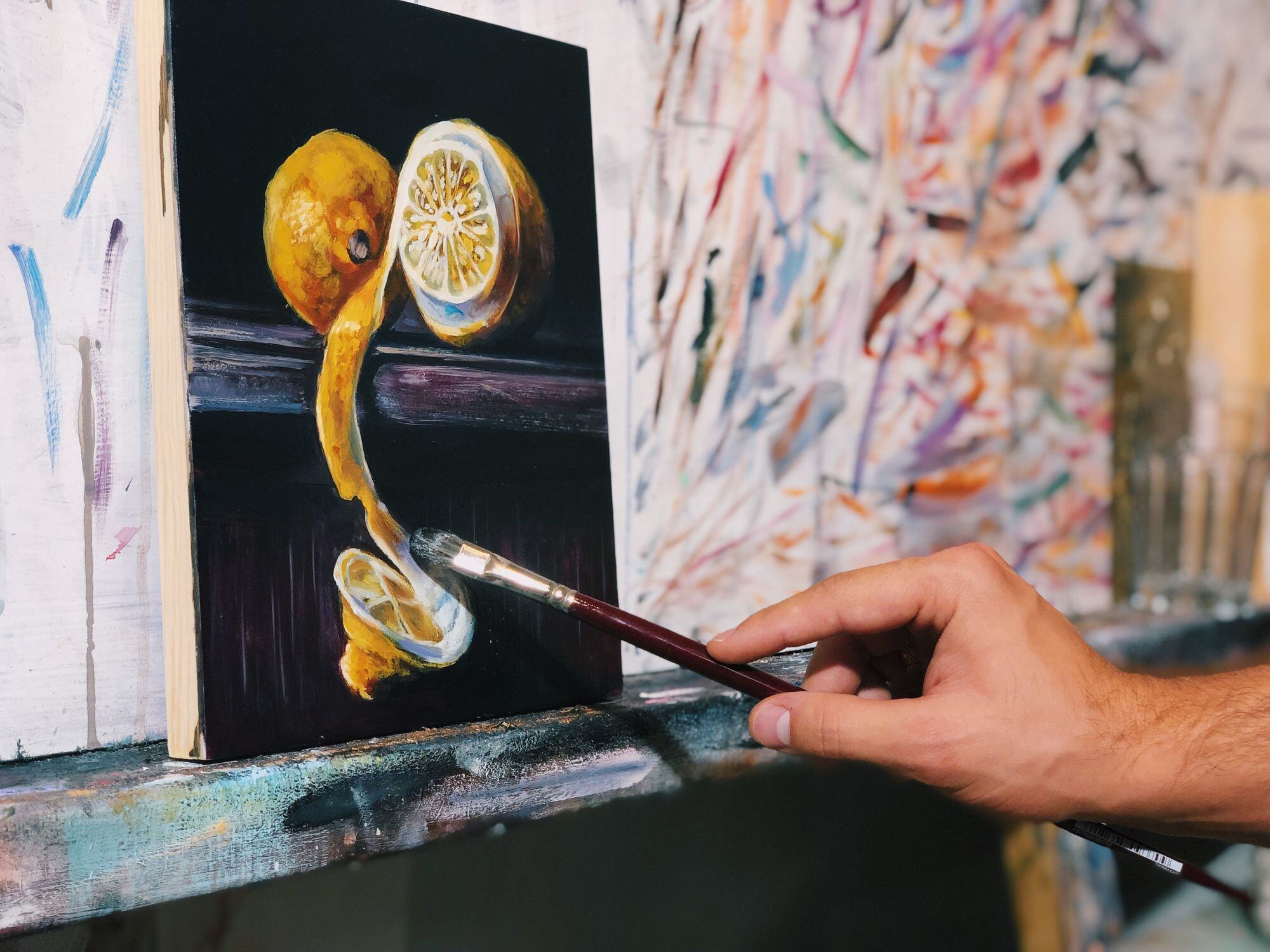
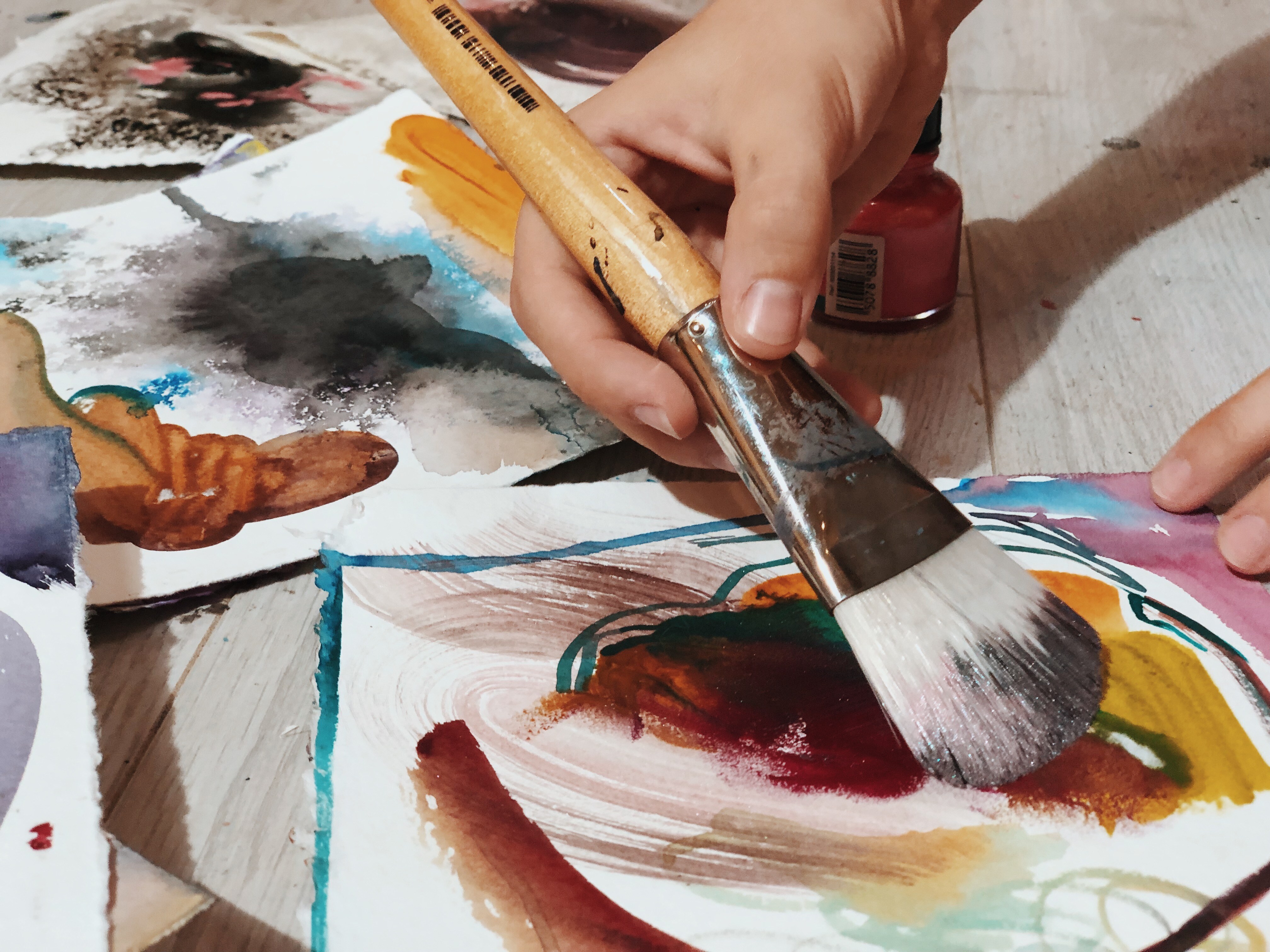
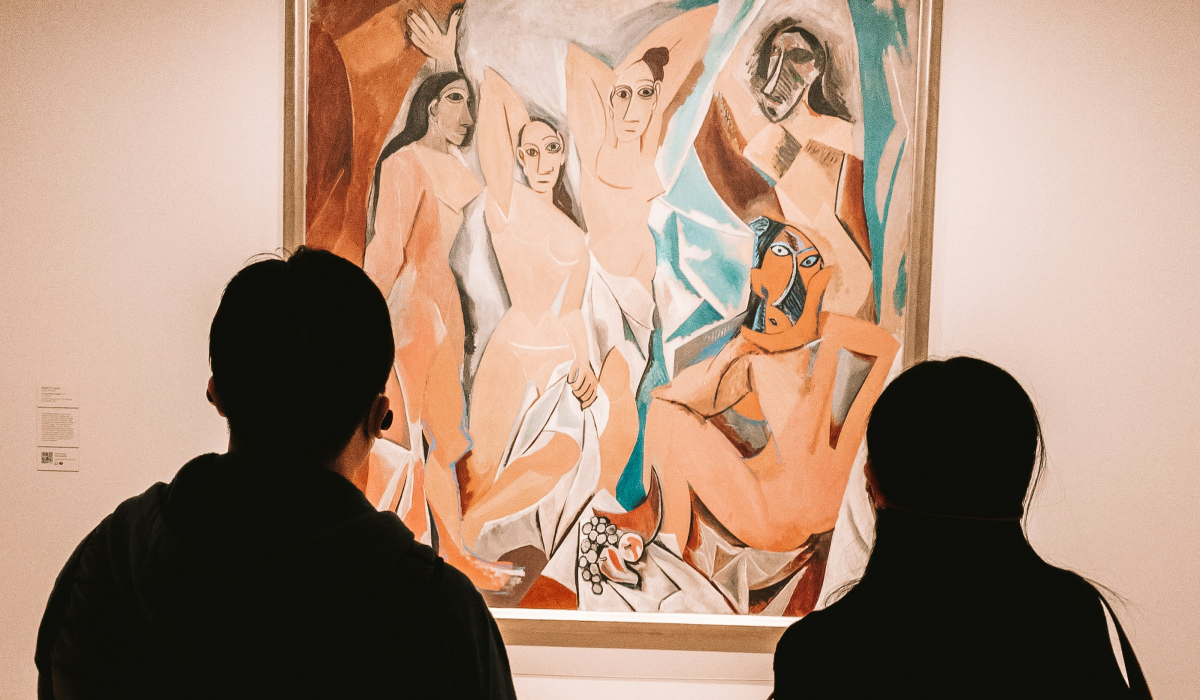
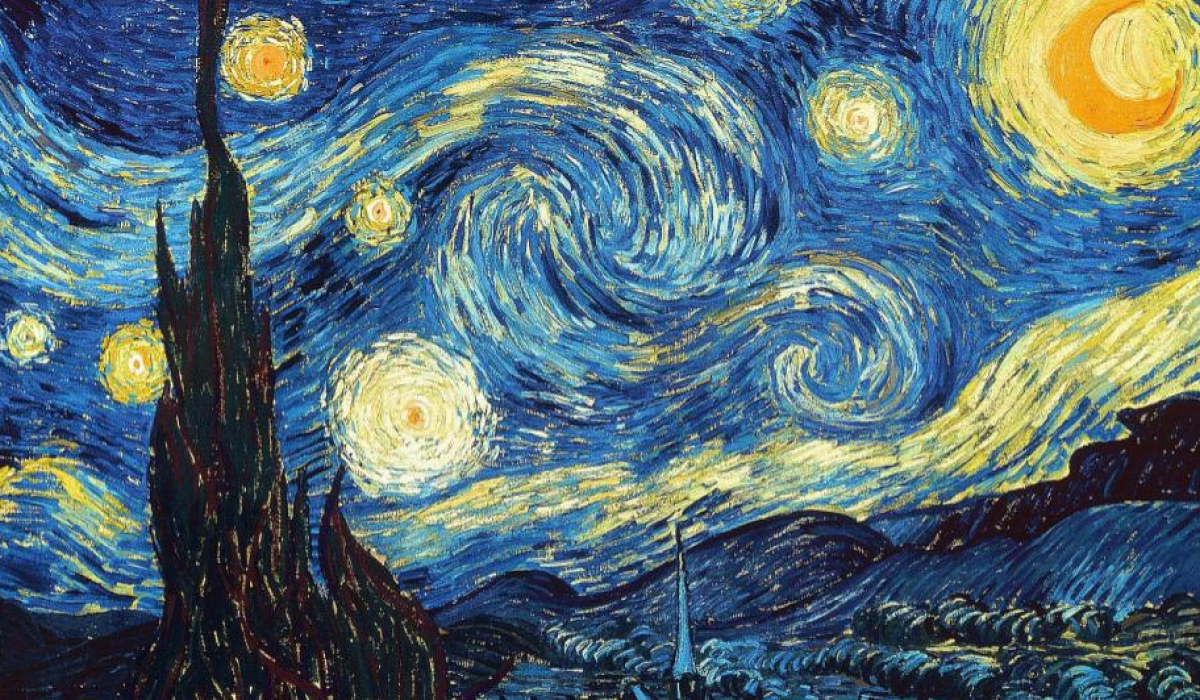
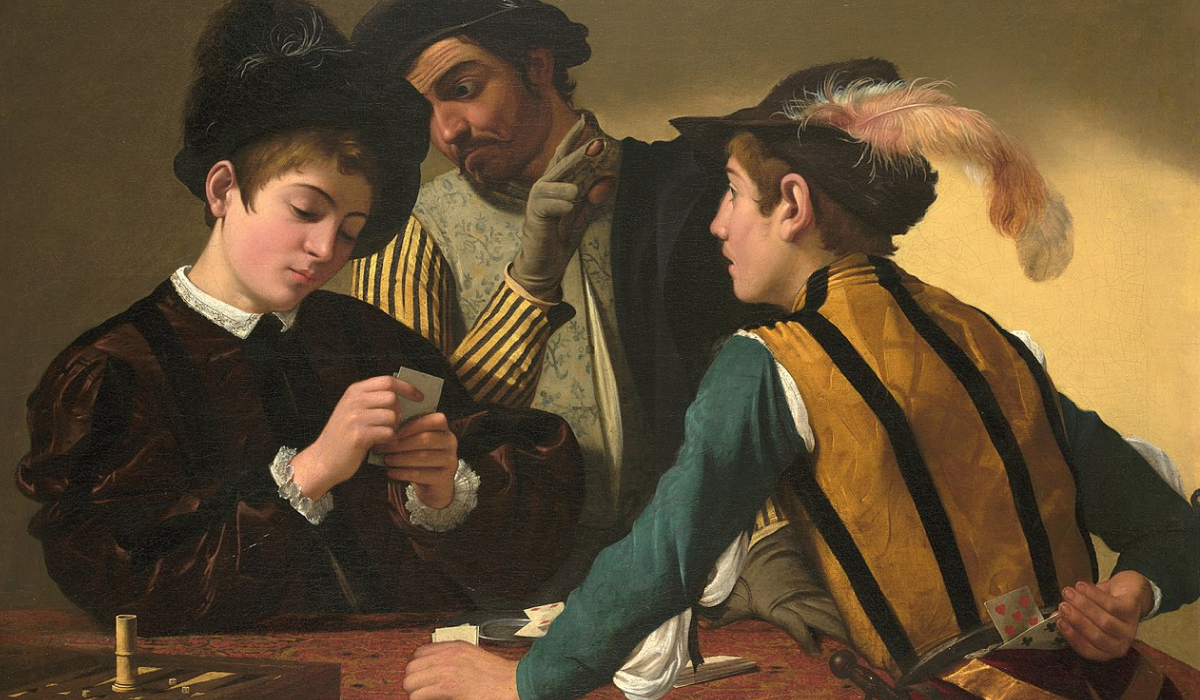
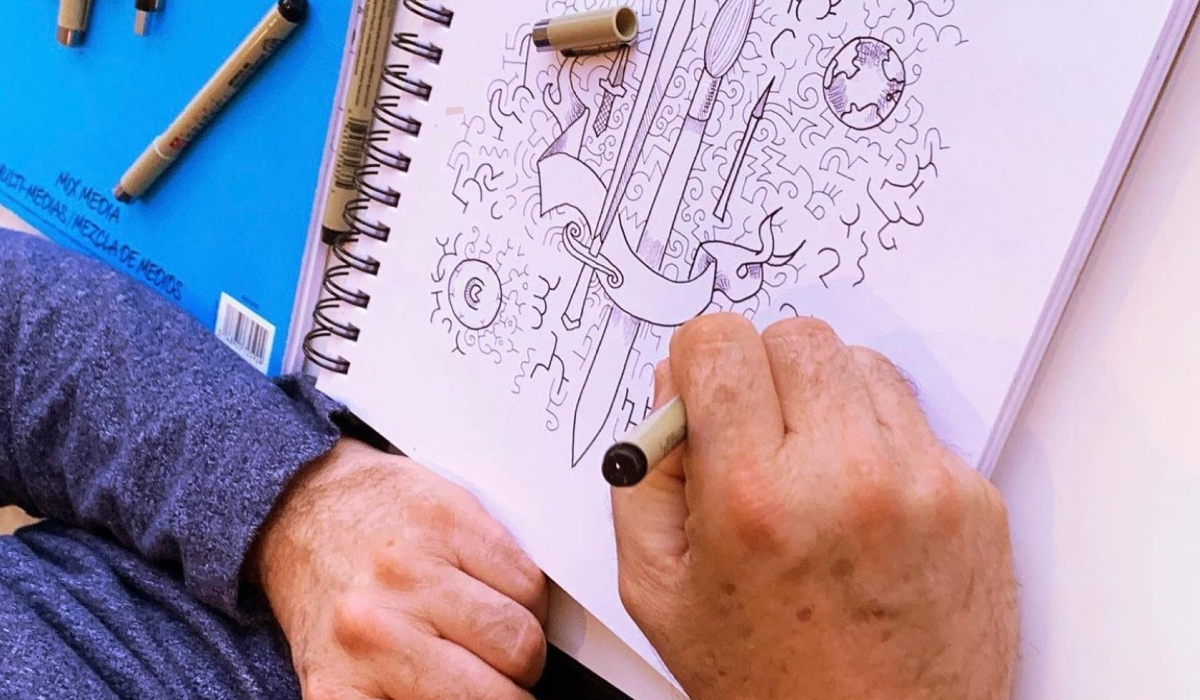

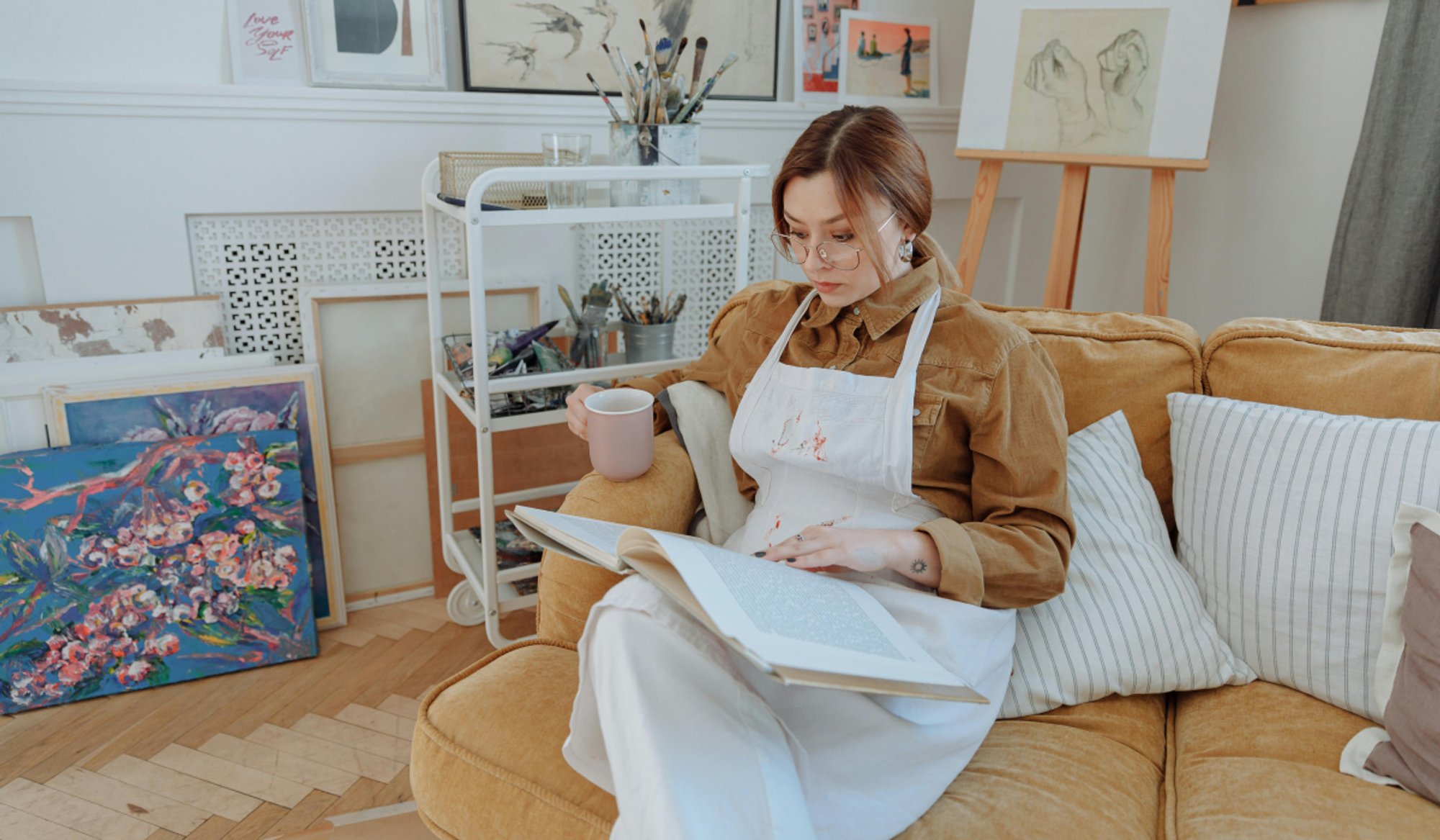
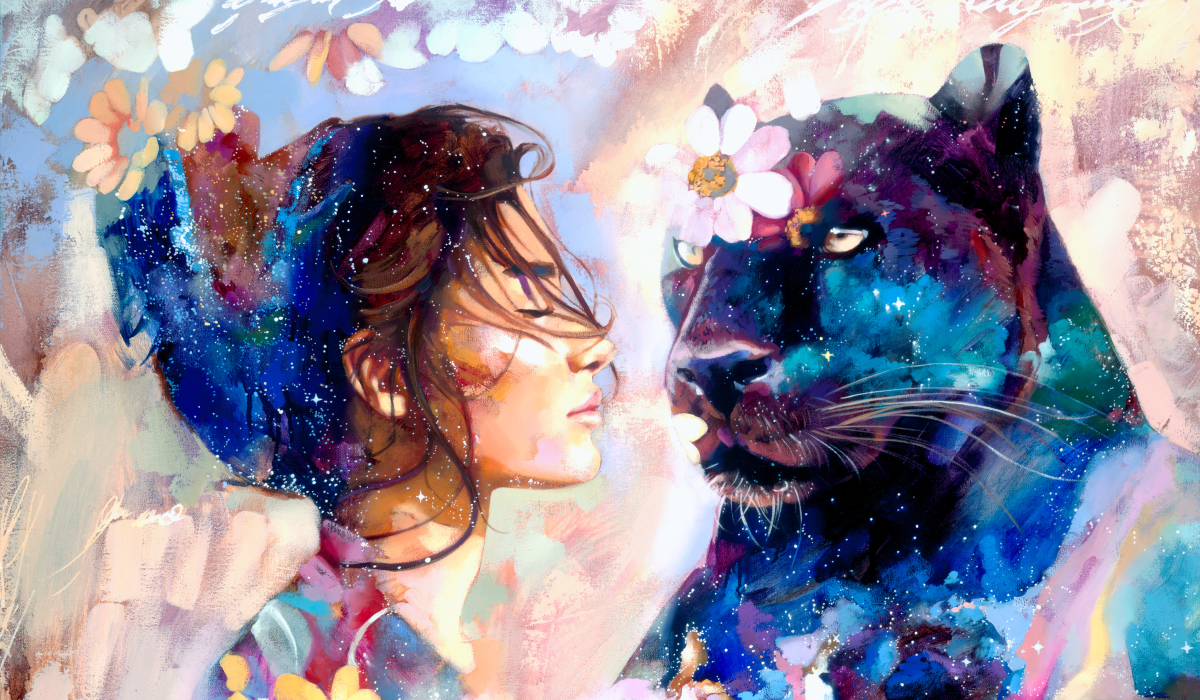
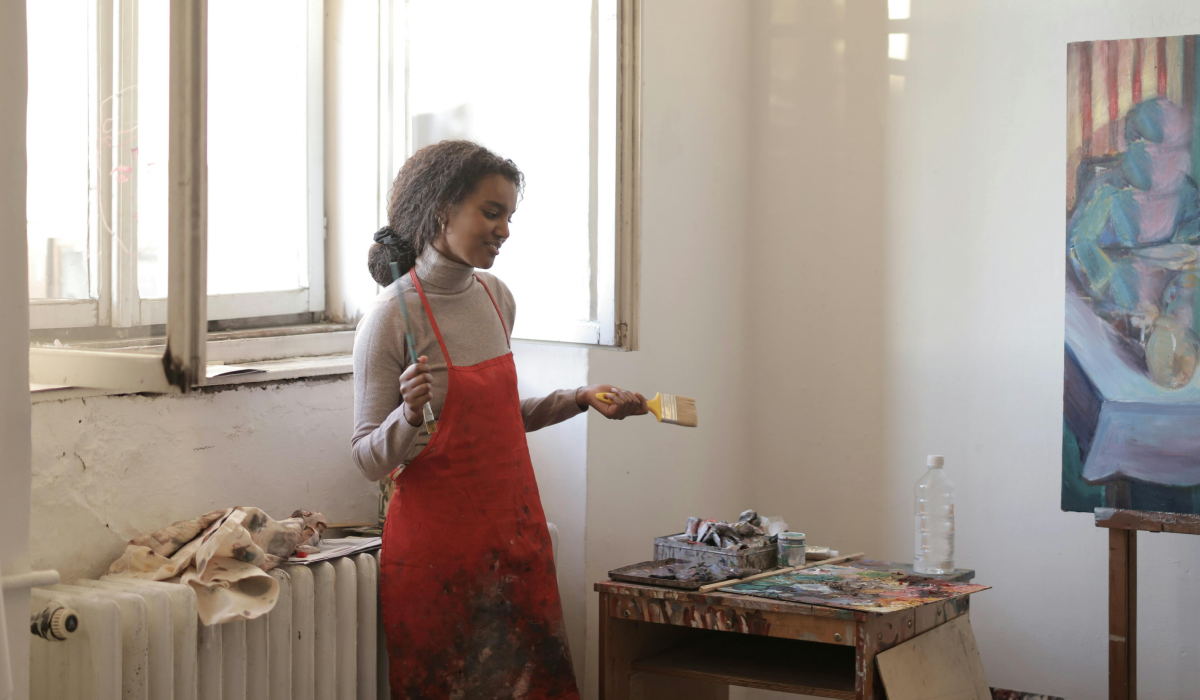
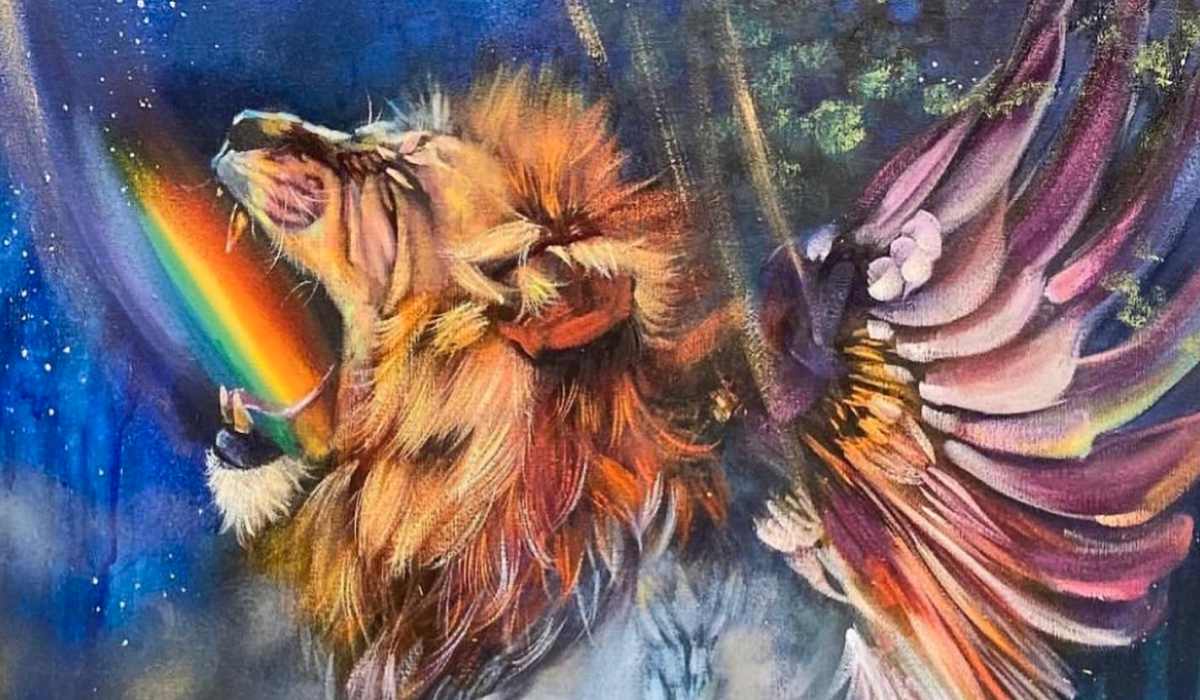
Post a comment